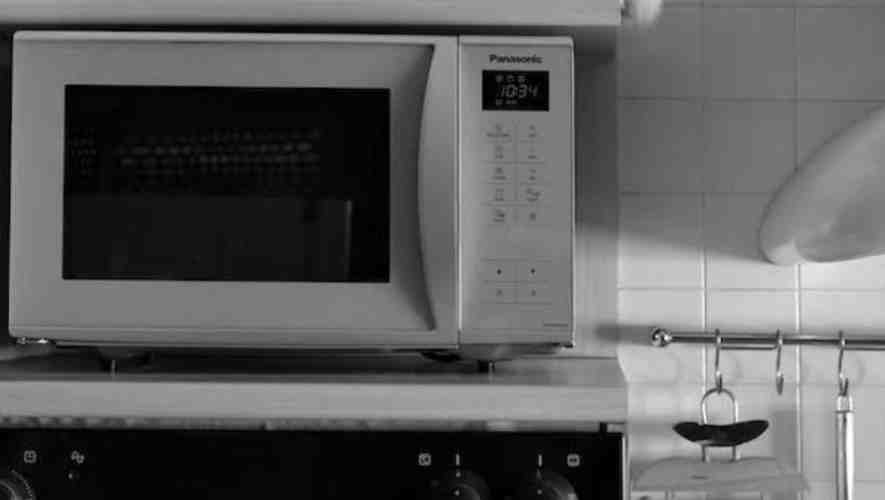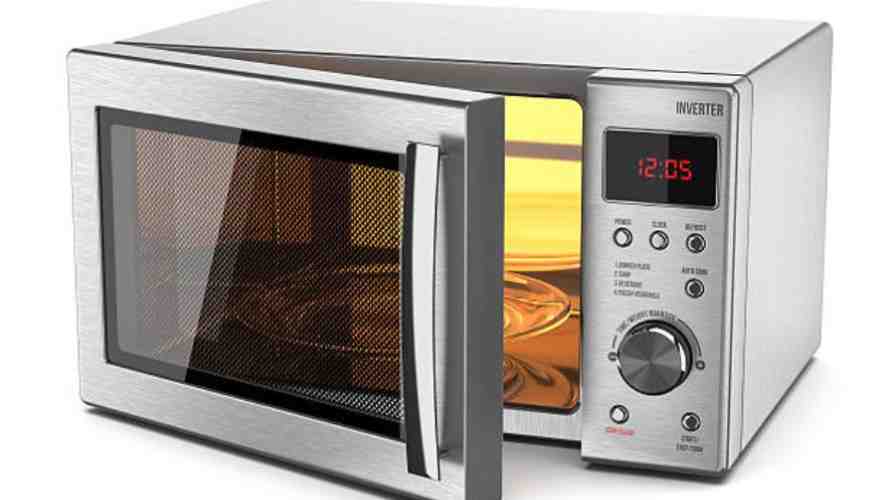Ever wondered who came up with the idea to zap your popcorn in seconds? Enter engineer Percy Spencer, the brain behind the first microwave oven. Back in 1946, while tinkering with a magnetron tube used in radar technology, Spencer discovered that microwaves from the tube could quickly heat food. This light-bulb moment happened when a candy bar in his pocket melted—prompting him to test popcorn, which promptly popped.
Who Made the Microwave Oven? Spencer, working for Raytheon, wasted no time turning this surprising discovery into practical appliance technology. He designed the Radarange, the first commercial microwave oven, which weighed a whopping 750 pounds and stood nearly six feet tall! Despite its size, this mammoth machine kicked off a new era in the kitchen, changing how we heat food forever.
The technology used, a cavity magnetron, allowed the Radarange to cook food at various power levels, making it versatile despite its initial bulk. Spencer secured the patent for his groundbreaking appliance, paving the way for future innovations. The Radarange, the first commercial microwave oven, eventually shrunk in size but not in importance, becoming a kitchen staple worldwide.
Who Invented the Microwave Oven? Meet the Brains Behind Your Quick Meals

The microwave oven, a staple in kitchens across the globe, owes its existence to an accidental discovery by American engineer Percy Spencer. Let’s delve into how this convenient appliance came to be and how it transformed cooking.
The Accidental Discovery
It was during a radar-related research project in 1945 that Percy Spencer, an engineer working for Raytheon, noticed something odd. While testing microwave radiation from a magnetron—a key component in radar technology—Spencer realized his chocolate bar had melted in his pocket. This unexpected incident prompted further experiments, including popping popcorn and exploding an egg! These quirky tests led Spencer to explore the potential of microwaves for heating food.
Development of the Radarange
Following his initial discovery, Spencer and Raytheon quickly moved to patent the invention and create the first microwave oven, initially named the “Radarange.” Unlike today’s compact units, the first Radarange was a massive device, weighing around 750 pounds and standing almost six feet tall. Despite its size and the initial skepticism it faced, this groundbreaking appliance set the stage for the development of practical microwave cooking.
From Radar Technology to Kitchen Revolution
The technology behind the microwave oven—microwave heating—was a radical departure from conventional oven cooking, which uses convection and thermal radiation. Microwaves use electromagnetic waves to directly heat the water molecules in food, speeding up the cooking process significantly. This method proved to be not only efficient but also revolutionary, paving the way for the development of modern microwave ovens.
The Evolution to Today’s Microwaves
Since the invention of the microwave, there have been significant advancements. Today’s microwaves are far more sophisticated than the original Radarange. They are smaller, more energy-efficient, and equipped with multiple power levels and functions that can handle a variety of cooking tasks beyond just reheating leftovers or popping popcorn. Modern microwave ovens blend seamlessly with other high-tech appliances in contemporary kitchens.
Are Microwaves Safe to Use?

When it comes to kitchen gadgets, the microwave oven is a real game-changer, letting us heat up grub in a flash. But it’s also sparked a lot of chatter about safety. So, let’s break it down: are microwaves safe to use?
Microwave ovens cook food using microwave radiation, a type of non-ionizing radiation that’s not strong enough to alter the chemical structure of the foods, unlike ionizing radiation such as X-rays. This means the microwave power merely causes the water molecules in food to vibrate, producing heat that cooks the food. This method of cooking is not only efficient but also preserves nutrients better than some traditional cooking methods, which can break down vitamins and minerals in food.
Since the microwave oven was born out of radar technology development by Percy Spencer, a self-taught engineer, safety was a significant consideration from the start. The design of microwave ovens includes several safety mechanisms to prevent radiation from escaping the metal box, making them safe under normal usage conditions. For example, the door of a microwave has a protective mesh screen that blocks the microwaves, which are about 12 centimeters in wavelength, from escaping.
Moreover, numerous health and safety agencies, including those that compile statistics like the Bureau of Labor Statistics, monitor and regulate domestic appliances like microwave ovens to ensure they meet strict safety standards. Microwave ovens have evolved into a safe, reliable choice for everyday cooking and reheating.
As microwave oven technology has advanced, the popularity of these devices has soared. Nowadays, nearly every household has a microwave, and microwave ovens are sold globally. The convenience of being able to quickly heat food in a microwave has made it indispensable in the fast-paced modern world.
Conclusion
In wrapping up, the microwave oven is more than just a convenient tool; it’s a testament to human ingenuity and adaptability. From Percy Spencer’s accidental discovery to today’s sleek, efficient models, the evolution of the microwave is as intriguing as it is practical. With the ability to cook food quickly and efficiently, microwaves have become an indispensable part of modern culinary practices.
Whether you’re experimenting with quick recipes or employing clever kitchen hacks, the microwave oven stands ready to enhance your cooking experience, proving its worth as a reliable and versatile kitchen appliance. Embrace the simplicity and efficiency it offers as you explore all the culinary possibilities.
Frequently Asked Questions (Who Made the Microwave Oven)
Who made microwave oven first?
The first microwave oven was invented by Percy Spencer, an engineer working at the Raytheon Corporation, in 1945. He discovered microwave heating accidentally while working on radar technology during World War II and later patented a method for cooking food using microwave radiation.
Who actually makes microwaves?
Microwave ovens are manufactured by a variety of electronics companies worldwide. Major brands include Panasonic, LG, Samsung, and Whirlpool, among others. These companies design, produce, and market microwaves for both residential and commercial use, incorporating technology advancements and consumer preferences into their products.
How are microwaves made?
Microwaves are made through a manufacturing process that involves assembling electronic components, such as a magnetron to generate microwaves, a cooking chamber, control panels, and a sturdy casing. These components are designed, assembled, and tested for safety and efficiency in factories.
Who invented microwave physics?
Microwave physics, as a field, does not have a single inventor but emerged from contributions by numerous scientists, including James Clerk Maxwell and Heinrich Hertz, who laid the theoretical and experimental foundations for understanding electromagnetic waves, including microwaves.

